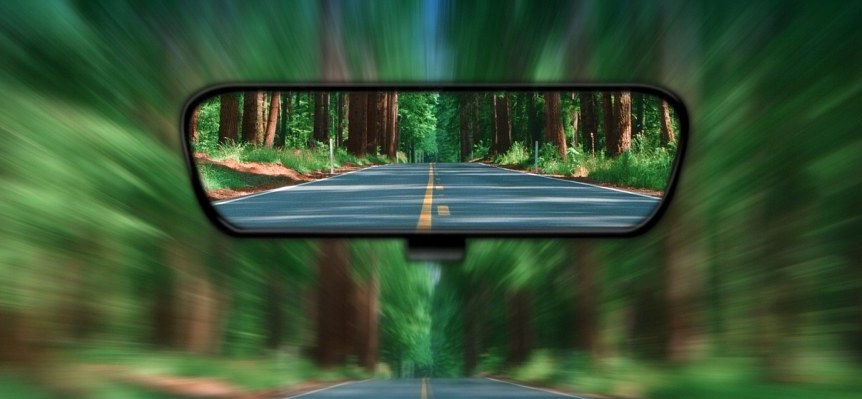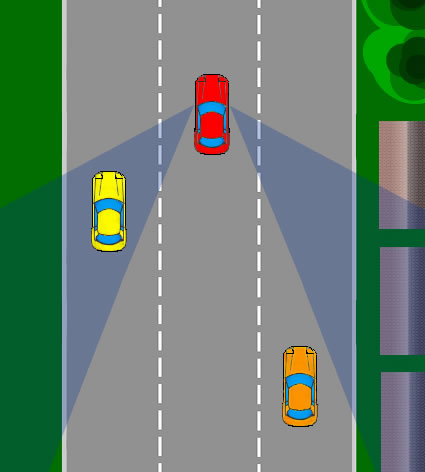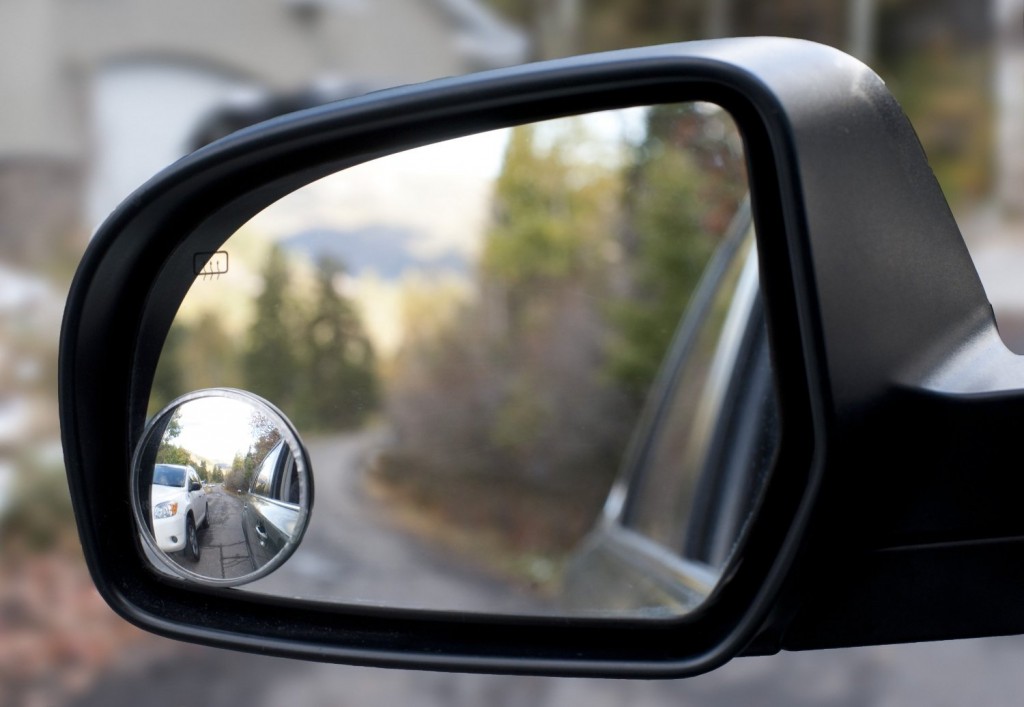One needs to be completely focused while driving. Looking in all direction while taking a turn, switching lanes or getting out of a driveway.
But sitting on a driver’s seat, not everything around the car is visible. Even through the rear-view mirrors. Such areas are typically on either side of your vehicle, which are not covered by the rear-view mirrors or the side mirrors.
This area is called a blind spot, and can be quite large depending upon the position of your mirrors adjusted. A cyclist, a motorcyclist or even a car can easily be concealed in the blind spot.
Blind spot does cause many accidents, and such accidents can be avoided if the blind spot is checked especially during high speeds.
Take a look at the picture below. The shaded part indicates the area which the driver in the ‘Red’ is unable to see, either through his side or rear-view mirrors; this is the blind spot.
Now notice that the driver in red CAN see the orange car in his right hand side mirror, but the yellow car is completely out of his field of vision. If the red car where to change lanes and go to the left without checking the blind spot it could lead to an accident.
The wise thing to do for the driver in Red would be to look over to his left shoulder to check the blind spot, noticing the yellow car.
When should you check the blind spot?
-When changing lanes on a highway.
-On busy streets to keep an eye on for lane splitting motorcyclists and cyclists.
-Blind spot should be checked when taking turns; left/right.
-While exiting by lanes.
-Before you open your car doors, if you’ve parked on the street.
You also get aftermarket blind spot mirrors that cover the required vision which cars standard mirrors don’t.




